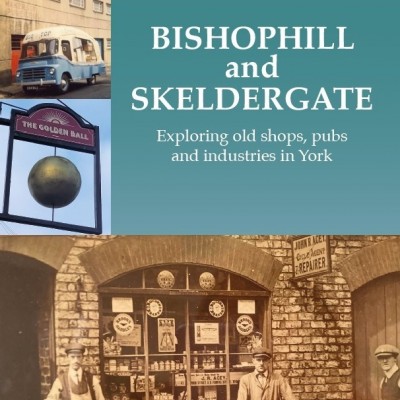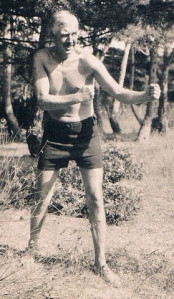



View navigation
 Charles Wilfred Coghlan, a general practitioner at 1, East Mount Road, York.
Charles Wilfred Coghlan, a general practitioner at 1, East Mount Road, York.Charles Wilfred Coghlan was a general practitioner at 1, East Mount Road, York at the outbreak of World War One. He was also a Medical Officer for the York Dispensary at 1, Duncombe Place in York, which provided free medicine for poor people until the advent of the NHS. According to his family, he had been reluctant to become a doctor, but bowed to family pressure from his father to do so, and qualified at Edinburgh University in 1902 as both a physician and surgeon.
Charles Wilfred Coghlan was one of seven brothers who all became doctors, following the profession of their father, Edward Francis Coghlan, who was originally from County Limerick. Edward was born in 1841 at the beginning of the famine, so he must have had a grim childhood. Charles’ father eventually settled in Longton, Staffordshire where Charles was born and spent his early childhood before going to board at Ratcliffe College, a Catholic boarding school in Leicestershire.
Charles was something of an athlete. He enjoyed and competed in running, hurdling, swimming and football. Whilst studying in Edinburgh he and two of his brothers became known as ’The Fighting Coghlans’ because of their boxing abilities. Charles excelled and became an amateur heavyweight Boxing Champion of Scotland.
We are grateful to Charles’ great nephew Jonathan Carey for a photograph of Charles (see related pin). Apparently, before the First World War Charles would go to fairgrounds, and, without revealing his boxing prowess, would take on the fairground’s boxer for fun.
Charles was living at 23 Blossom Street, York when his papers came through requiring him to join up. He applied to the Tribunal for exemption from military service, but his application was refused and he appealed to the North Yorkshire Tribunal on the grounds of: a) his essential work, d) hardship and g) certified work. His appeal was considered on 3rd and 4th April 1916 and failed.
There was criticism by the Tribunal in York that some months elapsed before Charles was conscripted, and this was reported in the Yorkshire Evening Press. On the 10th August 1916 a letter was printed from his medical partner Dr. J.P. Wightman, writing from Goathland:
‘I note that remarks have been made about the presence of my partner, Dr. Coghlan, in York. I am not in a position to criticise these remarks, as they have been made by the Local Military Tribunal. I merely wish to state that Dr. Coghlan has been awaiting orders for some months from the Central Medical War Committee. These have now come, and his time has been extended from August 7th to August 29th so that I may be enabled to have a rest before taking charge of the whole of our practice. I have thanked the Central Medical War Committee for their kind consideration, doubly valuable just now, when trouble has entered my own family. I should like to add that Dr. Coghlan and I have been assiduously helping in the practices of those doctors who have left York to join the army.’
This letter from Dr Wightman gives us some insight into the pressures the medical profession faced on the home front, as young single male doctors were called up. The depletion of male medical professionals from the Home Front put enormous pressure on those who remained at home, patients and staff alike. It also indirectly enabled women to play a more prominent role in the medical profession.
Charles joined the Royal Army Medical Corps on 19th Sept. 1916. He served in Salonika which was part of the Macedonian Front incorporating Greece, Albania & Serbia. This was an attempt to help Serbia and the casualties and disease were horrendous. Personnel stationed there had to cope with debilitating malaria and dysentery as well as battle casualties. By April 1918 Charles was a Captain.
Charles came back to York immediately after the war – there is a reference in 1920 to his service at York Dispensary. The 1921 Kelly’s Trade Directory confirmed this and he may have practised at 23 Blossom Street (now St. Bedes Centre).
Dr. Charles Coghlan retired in 1925 and travelled extensively. When his brother Lionel died in 1929, Charles took over his practise in Sneinton, Notts. He died in Sneinton in 1937.
Charles never married – when asked why, he always claimed that he was too selfish! However, he had the reputation in the family of being a ‘bit of a ladies man’ and in the photos that were passed down he is often in the company of female friends. He drove a 1935 two-seater touring Daimler which was passed down by the family.
We are extremely grateful to Jonathan Carey, the great nephew of Charles Coghlan, for his assistance. He provided us with the information, including the personal accounts, which make this an interesting story.
Relatives of Charles Wilfred Coghlan
Staffordshire Advertiser 27 February 1937
York Directories
Yorkshire Evening Press 10 August 1916